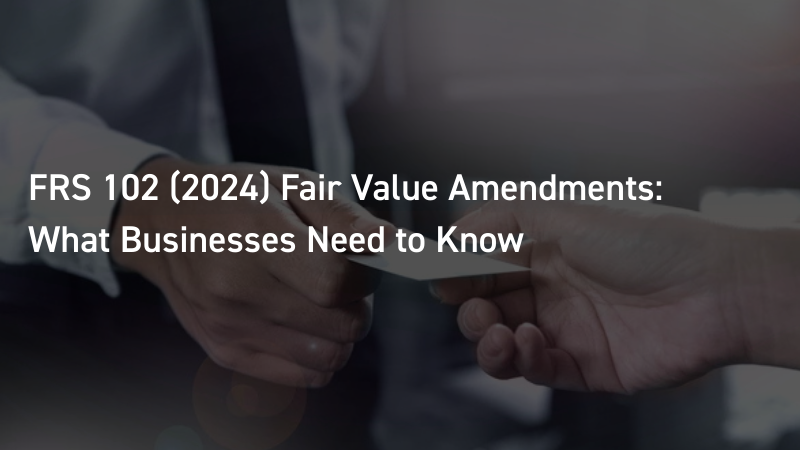
The 2024 amendments to Section 2A of FRS 102 introduce updated principles for fair value measurement, bringing the UK standard more closely in line with IFRS 13. While many of the changes are clarificatory, they may still impact how businesses measure certain assets and liabilities, with implications for financial reporting, valuations, and compliance strategies.
Fair Value Measurement and Financial Instruments:
Updates to fair value measurement principles and the removal of IAS 39 options may change how certain assets and liabilities are valued, potentially influencing net asset values and purchase price allocations
Alignment with IFRS 13:
The revised section adopts the IFRS 13 framework, standardising how fair value is measured and disclosed across various asset classes and liabilities.
Fair value is now defined as the price that would be received to sell an asset or paid to transfer a liability in an orderly transaction between market participants at the measurement date. It is a market-based, rather than an entity-specific measure. The term ‘market participants’ is also now defined in the standard, incorporating the concepts of principal and most advantageous markets (previously there was no discussion of different markets in which the item might be exchanged). Additional material has also been introduced on these concepts.
Key areas to think about:
For the most part, the changes are not expected to result in different accounting outcomes, as many of the changes are clarificatory in nature. However, management need to ensure they have reviewed and, where necessary, amended their approach to calculating fair value to ensure compliance with updated guidance. While fair value consideration often focuses on assets, it’s important to note that the shift from a settlement concept to a transfer concept for liabilities may have an impact. Under the transfer concept, an entity must consider the effect of its own credit risk when determining the fair value of a liability.
How we can help
HW Fisher have a number of financial reporting specialists that can advise your organisation on transition through the new amendments or further advice. As a starting point, we are holding a series of webinars to guide you through the changes for companies and for charities and higher education institutions.
To register interest, click on the links, below:
We’d love to hear from you. To book an appointment or to find out more about our services: